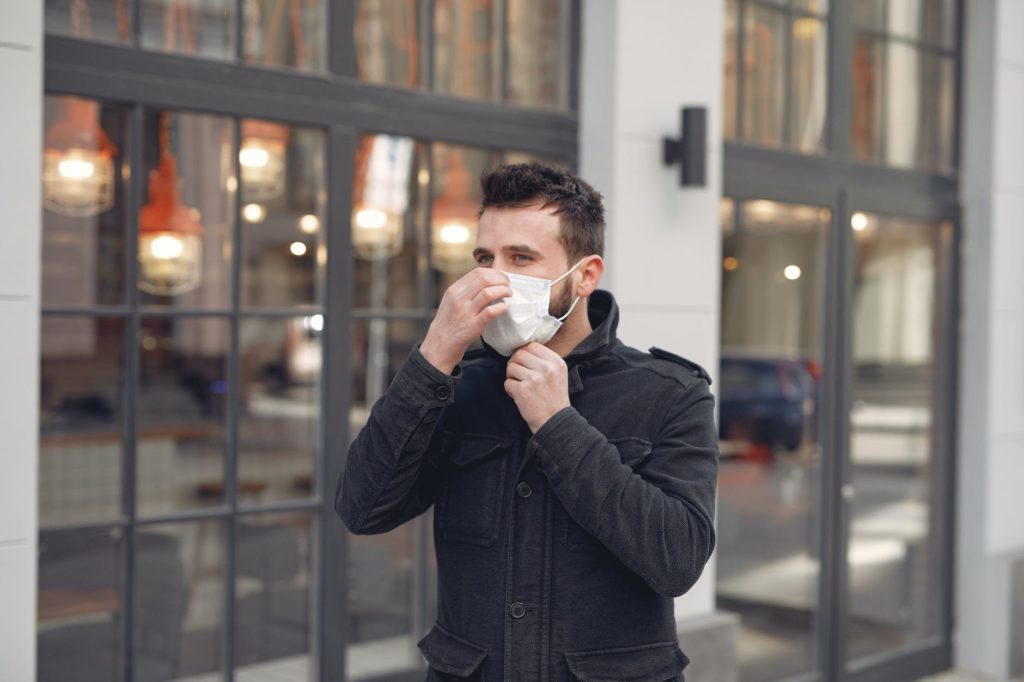Causes, Symptoms, and Treatments
Allergies are a common health condition that affects people of all ages and backgrounds. They occur when the immune system overreacts to a substance that is normally harmless, such as pollen, dust mites, or certain foods. This overreaction can cause a range of symptoms, from mild discomfort to severe allergic reactions that can be life-threatening. In this article, we’ll explore the causes, symptoms, and treatments of allergies, and provide tips on how to manage them effectively.
Table of Contents
- Introduction
- What are allergies?
- Causes of allergies
- Genetic factors
- Environmental factors
- Lifestyle factors
- Symptoms of allergies
- Respiratory symptoms
- Skin symptoms
- Digestive symptoms
- Anaphylaxis
- Types of allergies
- Seasonal allergies
- Food allergies
- Drug allergies
- Insect allergies
- Latex allergies
- Diagnosing allergies
- Treating allergies
- Avoidance
- Medications
- Immunotherapy
- Managing allergies
- Allergy-proofing your home
- Identifying triggers
- Keeping a symptom diary
- Communicating with healthcare professionals
- Conclusion
- FAQs
1. Introduction
Allergies affect millions of people around the world, and their incidence is increasing. According to the American Academy of Allergy, Asthma & Immunology (AAAAI), approximately 50 million Americans suffer from allergies each year. Allergies can be a minor inconvenience or a major health concern, depending on the severity of the reaction. In some cases, allergies can be life-threatening, and require immediate medical attention. Understanding the causes, symptoms, and treatments of allergies can help you manage this condition effectively.
2. What are allergies?
Allergies occur when the immune system mistakes a harmless substance for a dangerous invader, and produces an excessive immune response. The immune system releases antibodies and other chemicals that cause inflammation and other symptoms. Common allergens include pollen, dust mites, pet dander, certain foods, insect venom, and latex.
3. Causes of allergies
There are several factors that can contribute to the development of allergies, including genetic, environmental, and lifestyle factors.
Genetic factors
If you have a family history of allergies, you are more likely to develop them yourself. Allergies tend to run in families, although the specific type of allergy may vary.
Environmental factors
Exposure to certain allergens can trigger an allergic reaction. Common environmental allergens include pollen, dust mites, pet dander, and mold. Other environmental factors that can contribute to allergies include pollution, cigarette smoke, and chemicals in the environment.
Lifestyle factors
Certain lifestyle factors can also increase your risk of developing allergies. For example, exposure to second-hand smoke, poor nutrition, and lack of exercise can all contribute to the development of allergies.
4. Symptoms of allergies
Allergy symptoms can vary depending on the severity of the reaction and the type of allergen involved. Common symptoms of allergies include:
Respiratory symptoms
- Sneezing
- Runny or stuffy nose
- Itchy or watery eyes
- Scratchy throat
- Coughing
- Wheezing or shortness of breath
Skin symptoms
- Itchy or red skin
- Hives
- Eczema or other types of skin rash
Digestive symptoms
- Nausea or vomiting
- Diarrhea
- Abdominal pain or cramping
Anaphylaxis
- In severe cases, allergies can cause anaphylaxis, which is a life-threatening reaction that requires immediate medical attention. Symptoms of anaphylaxis can include difficulty breathing, swelling of the face and throat, rapid heartbeat, and a drop in blood pressure.
5. Types of allergies
There are several different types of allergies, including:
Seasonal allergies
Also known as allergic rhinitis or hay fever, seasonal allergies are triggered by airborne allergens such as pollen, grass, and mold spores. Symptoms typically occur during specific times of the year and can include sneezing, runny nose, and itchy eyes.
Food allergies
Food allergies occur when the immune system reacts to certain proteins in food. Common food allergens include peanuts, tree nuts, shellfish, eggs, and dairy products. Symptoms of food allergies can range from mild to severe and can include hives, swelling of the lips and tongue, and difficulty breathing.
Drug allergies
Some people may be allergic to certain medications, such as antibiotics, painkillers, and chemotherapy drugs. Symptoms of drug allergies can include rash, hives, and in severe cases, anaphylaxis.
Insect allergies
Insect allergies occur when the immune system reacts to insect venoms, such as that from bee stings or ant bites. Symptoms can include swelling, hives, and in severe cases, anaphylaxis.
Latex allergies
Latex allergies occur when the immune system reacts to proteins found in natural rubber latex, which is commonly used in gloves, balloons, and other products. Symptoms can include skin irritation, hives, and in severe cases, anaphylaxis.
6. Diagnosing allergies
If you suspect that you may have an allergy, your healthcare provider may recommend allergy testing. This can involve skin prick tests, blood tests, or patch tests. These tests can help identify the specific allergen that is causing your symptoms.
7. Treating allergies
There are several ways to treat allergies, including:
Avoidance
The most effective way to manage allergies is to avoid the allergen that triggers your symptoms. For example, if you are allergic to pollen, you can stay indoors during high pollen counts, and use air filters and HEPA vacuum cleaners to remove pollen from your home.
Medications
Several medications can help relieve allergy symptoms, including antihistamines, decongestants, and corticosteroids. These medications can be taken orally, as nasal sprays, or as eye drops.
Immunotherapy
Immunotherapy, also known as allergy shots, can help reduce your sensitivity to allergens over time. This involves receiving regular injections of small amounts of the allergen, which can help desensitize your immune system.
8. Managing allergies
In addition to treatment, there are several ways to manage your allergies and reduce your risk of exposure to allergens, including:
Allergy-proofing your home
Taking steps to reduce the number of allergens in your home can help reduce your symptoms. This can include using dust mite covers on your bedding, removing carpets and rugs, and using air filters.
Identifying triggers
Keeping a symptom diary can help you identify the specific allergens that trigger your symptoms. This can help you avoid those allergens in the future.
Keeping a symptom diary
Keeping track of your symptoms can help you and your healthcare provider develop an effective treatment plan.
Communicating with healthcare professionals
Working closely with your healthcare provider can help you manage your allergies more effectively. Your healthcare provider can help you develop a treatment plan and can prescribe medications
9. Conclusion
Allergies are a common condition that affects millions of people worldwide. They can cause a range of symptoms, from mild to severe, and can impact your quality of life. However, with proper management and treatment, you can reduce your symptoms and improve your overall health.
By identifying your triggers, avoiding allergens, and working closely with your healthcare provider, you can take control of your allergies and live a healthier, more comfortable life.
FAQs
- What is an allergy?
- An allergy is an immune response to a foreign substance, such as pollen, food, or insect venom.
- What are the symptoms of allergies?
- Symptoms of allergies can include sneezing, runny nose, itchy eyes, hives, swelling, difficulty breathing, and anaphylaxis.
- Can allergies be cured?
- There is no cure for allergies, but they can be managed with proper treatment and avoidance of allergens.
- How are allergies diagnosed?
- Allergies can be diagnosed through skin prick tests, blood tests, or patch tests.
- What treatments are available for allergies?
- Treatments for allergies include avoidance of allergens, medications such as antihistamines and corticosteroids, and immunotherapy.
DISCLAIMER:
This information is not presented by a medical practitioner and is for educational and informational purposes only. The content is not intended to be a substitute for professional medical advice, diagnosis, or treatment. Always seek the advice of your physician or other qualified healthcare providers with any questions you may have regarding a medical condition. Never disregard professional medical advice or delay in seeking it because of something you have read.
Since natural and/or dietary supplements are not FDA-approved they must be accompanied by a two-part disclaimer on the product label: that the statement has not been evaluated by FDA and that the product is not intended to “diagnose, treat, cure or prevent any disease.”





